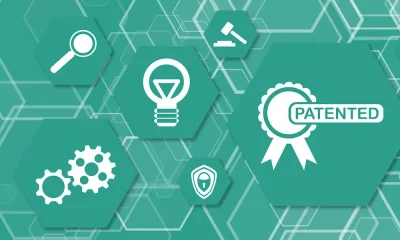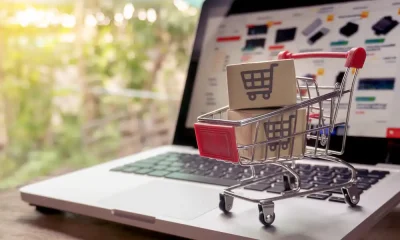Technology
The Supply Chain Is Evolving. Are You Evolving With It?
Supply chain management is an art that’s constantly evolving, thanks to new insights, new approaches, and most importantly, new technologies. It’s hard to predict when and how those changes will manifest, but the best companies aren’t ones that can correctly predict the future-they’re the ones that understand that the supply chain changes, and are willing to adapt to those changes as they unfold.
So why are so many companies reluctant to adopt a framework that allows them to evolve with the supply chain? And what changes can you implement in your own company to keep up with those changes?
How the Supply Chain Has Evolved So Far
First, it pays to acknowledge how far the supply chain has come, both to estimate just how quickly the supply chain can change, and to understand how well-prepared companies could have benefited from faster transitions along the way. For a good 40 years, industries relied on spreadsheets and macros to keep track of all their transactions. After technology allowed for real-time data collection and storage, businesses started adopting more comprehensive business intelligence tools.
Over the course of a decade, tracking platforms became mobile and far more sophisticated, capable of integrating with more software platforms and producing more in-depth reports. Today, we’re seeing an overhaul thanks to collaborative analytics, predictive analytics, and IoT-which allows real-time asset tracking including that of fleet management.
Why Companies Pick and Hold a Solution
Most organisations are in the early and late majority of the technology adoption curve so instead of rapidly integrating new technologies as they become available, most companies pick a solution and keep it until they’re forced to replace it.
Why is this the case?
- Lack of predictability. First, it’s notoriously hard to predict how the supply chain is going to develop from here. We can generally assume that new devices, new software, and other capabilities will emerge, but what those devices and software will look like is much more of a gamble. Without a clear roadmap for how the future is going to look, companies feel forced to make decisions based solely on what’s available in the present (or the very near future). This leads to many systems that can’t possibly be relevant in the distant future, and will likely be obsolete in a matter of years.
- Costs of training and adoption. Next, integrating a new high-tech supply chain management system is costly, both in terms of time and money. If your company tore down and rebuilt its supply chain management system every time there was a new upgrade available, you’d go bankrupt in a matter of years. Employees need some degree of consistency to perform well, and if they’re constantly getting trained on new equipment and new apps, they’ll never be able to operate at peak productivity.
- Status quo bias. Supply chain managers are also frequently afflicted with status quo bias, which makes them see their current system as more valuable and practical than it really is. When a system works decently, managers may see no reason to commit a new upgrade; as a simplistic example, imagine you had a money machine that printed out a new $1 bill every morning. You’d probably be satisfied with this and wouldn’t invest much mental energy imagining how to upgrade it – even if a handful of changes could make it print 2 $1 bills every morning instead.
The Better Approach
So what would be the better approach?
Most companies can’t afford to scrap their systems and replace them every time some new technology arises. Instead, the better approach is a gradual one and one that anticipates the changes in technology to come in the future-even, knowing that those changes may be unpredictable.
Step 1
Choose solutions from companies who are at the forefront of change and using proven new technologies.
Step 2
The next step is to use a cloud platform that issues new versions regularly as opposed to purchasing a one-time management system and hoping it can stay relevant for years to come.
Step 3
Pick a system that allows for more flexible external integration so you can upgrade devices and other apps you use to access the system.
There’s no “right” way to keep up with the supply chain, but with the knowledge that the supply chain isn’t going to stop evolving anytime soon, the onus is on you to remain flexible and keep adapting as those changes roll out. Invest the time and budget necessary to keep your systems reasonably up to date, and keep your frameworks flexible enough to accommodate new changes.









